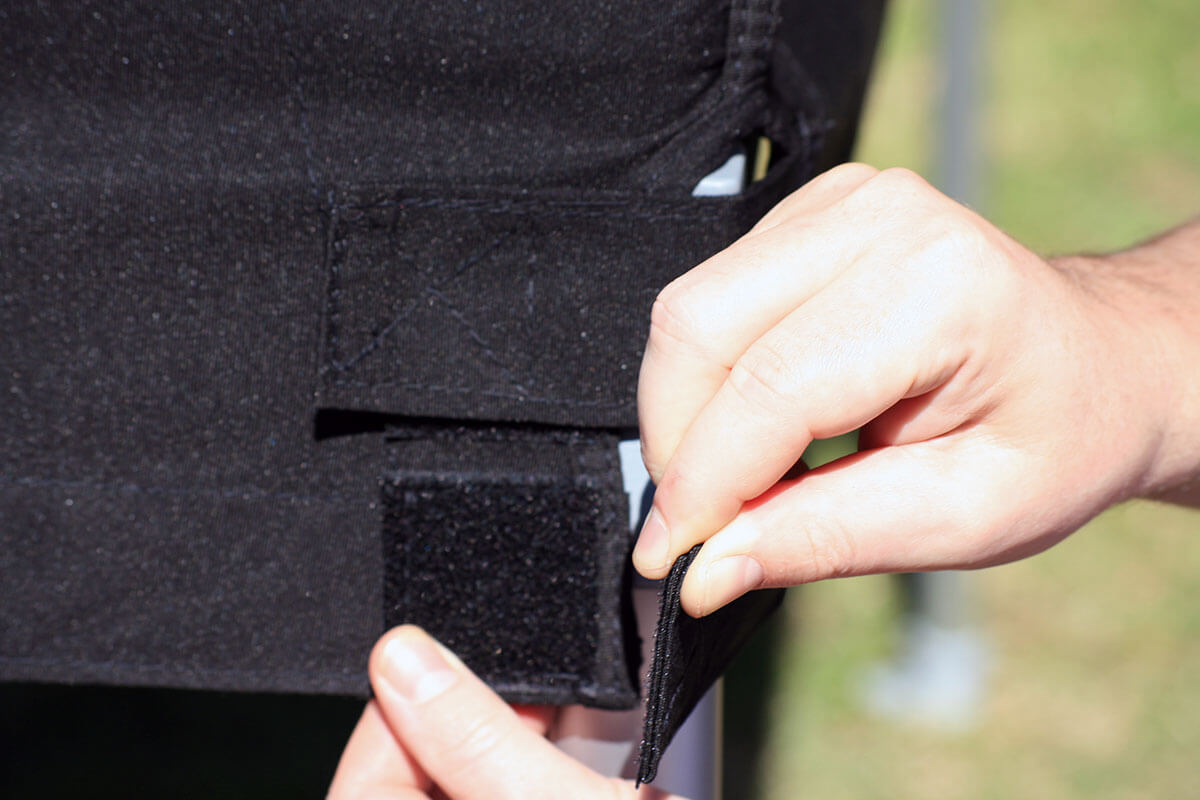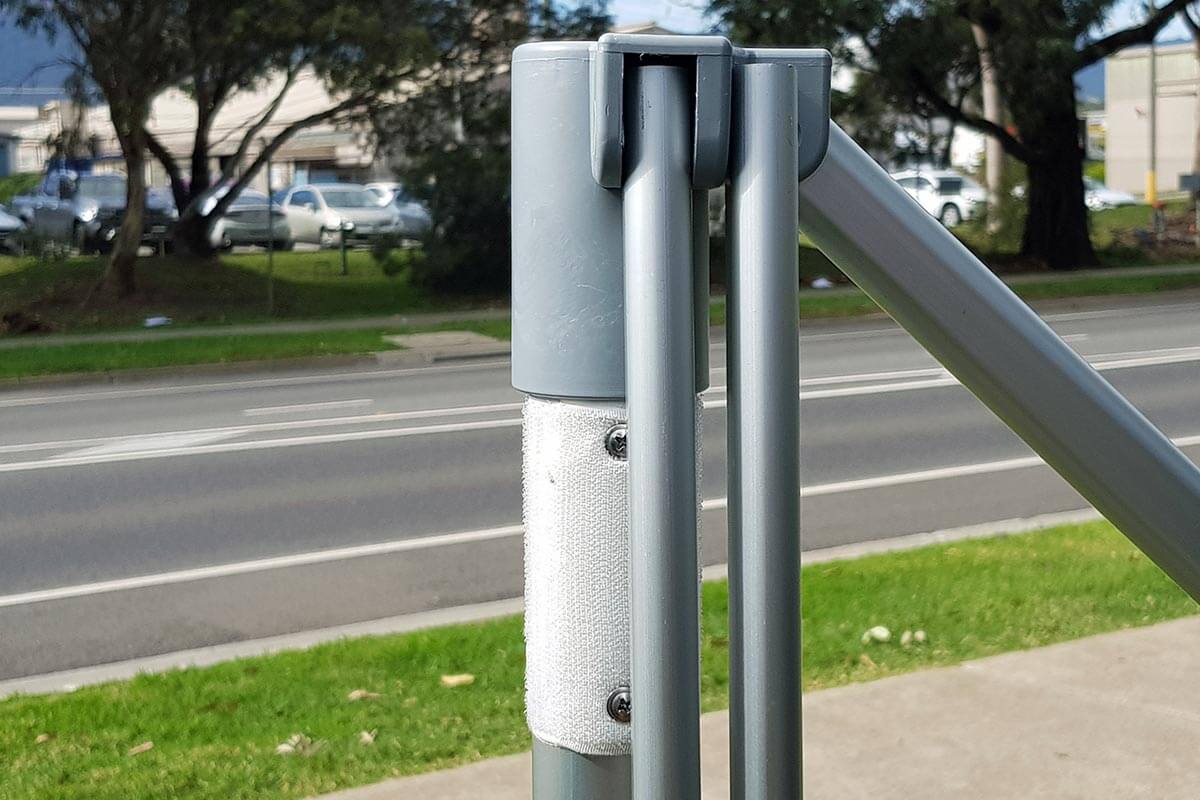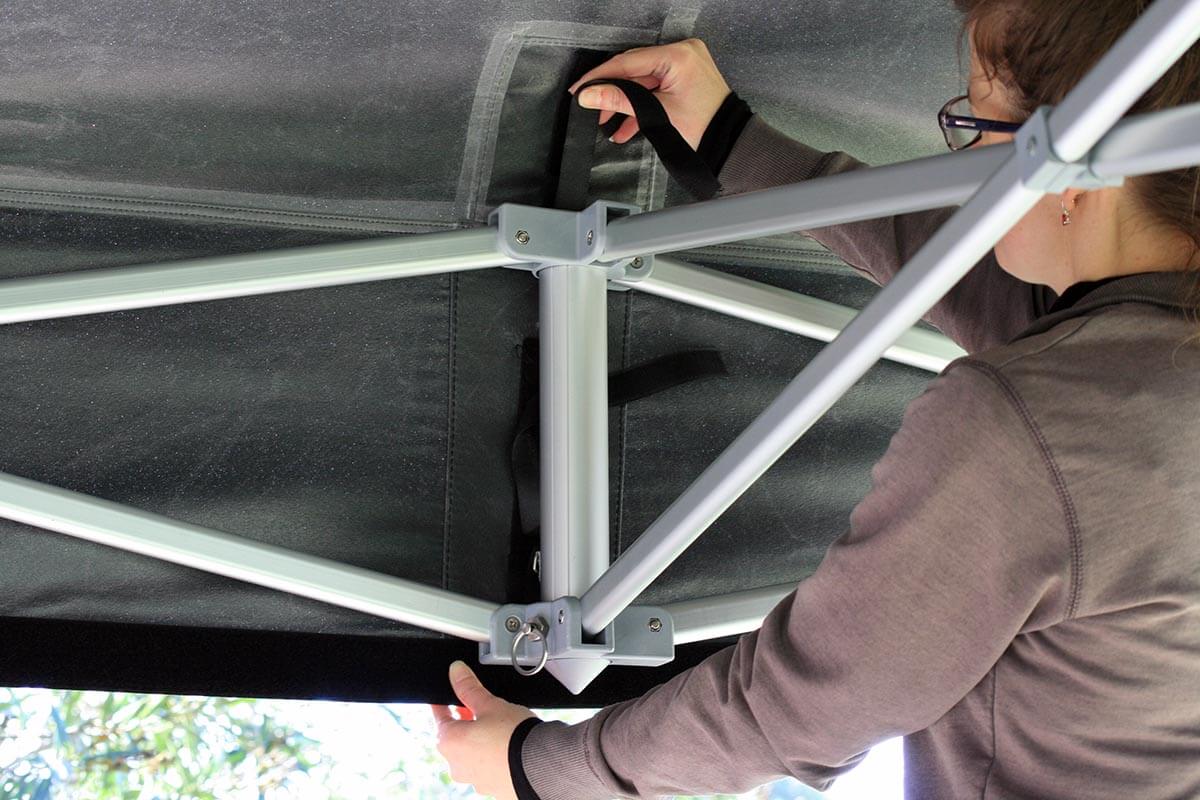
Velcro is a widely recognised material; commonly used with things such as clothing, shoes (as a shoelace alternative), and other accessories such as handbags. It also comes in a wide range of forms including: stick on, sewn on, straps, and have recently been used to make reusable cable ties. It even comes in heavy duty industrial grade strengths, making it surprisingly versatile.
What Is It?
What many people don’t know is that Velcro™ is actually the name of a company; it is not a general term for the scratchy and fluffy fasteners as we have been left to assume all these years.
Hook and loop fasteners, hook and pile fasteners, touch fasteners, or “Velcro” as it is more commonly called, was first invented by George de Mestral, a Swiss Engineer in the 1940’s. Inspiration for this came when he noticed cockle-burrs sticking to his dog’s fur after a routine hike.
The word “Velcro” came about from a combination of the French words for velvet (velour), and hook (crochet). This has become the slang term for hook and loop fasteners - not all “Velcro” is actually Velcro™, much like people don’t call Ziploc™ bags “resealable zipper storage bags” and GLAD® Wrap “polyethylene wrap.
Velcro is designed to be a long lasting and hard wearing temporary joiner in clothing and other fabrics which can be separated by pulling apart. It consists of two sides which are generally sewn or adhered to two fabrics. One side is covered with tiny loops, while the other has small flexible hooks which stick to each other when pressed together and easily separated when pulled apart. It makes a great alternative fastener to buttons, zippers, and lace.
What Sort Of “Velcro” Do We Use?

The Velcro fasteners we use on our marquee tops and side walls is a heavy duty industrial solution which provides adequate holding force, yet it is still within our capability to remove it. The top of each wall and inside of the roof uses a 50mm wide strip to hold the walls up. Additionally, we use a 25mm strip of Velcro down the vertical edges of the walls, so you can join multiple walls together and enclose your marquee. Velcro is also used to secure the roof on the corners of our frame, as well as on accessories such as our carry bags.
Why Do We Use It?
Back when we first started making marquees, we used zips. We were receiving continuous feedback from customers regarding zips failing over time, essentially rendering the purpose of the walls useless. Zip tracking (or teeth) can easily misalign and wear away, making it frustrating and not very reliable for the user. After many design considerations, we selected Velcro as it provided a more practical and reliable solution.
One of our team members here is an avid motorcycle enthusiast, and over time has replaced many broken zips on his heavy duty jackets, a very costly repair. Obviously for a motorcycle jacket, strength is at the utmost importance, though for a marquee, we see quality “Velcro” as the most practical solution. It meets the requirements for nearly every application where your marquee can safely be used based on it’s Structure Design Limit.
In Conclusion

We have been selling quality marquees for a very long time, and during this we have learned what works and what doesn’t over many design iterations. We have developed a heavy duty roof material, and therefore it requires the best and most durable components to support it. The decisions we make are backed up by our clients who use the marquees every day, with Velcro fasteners coming out as the clear winner for joining heavy duty materials together and providing the most weather resistance.
Contact us today if you are interested in learning more about our marquees!
